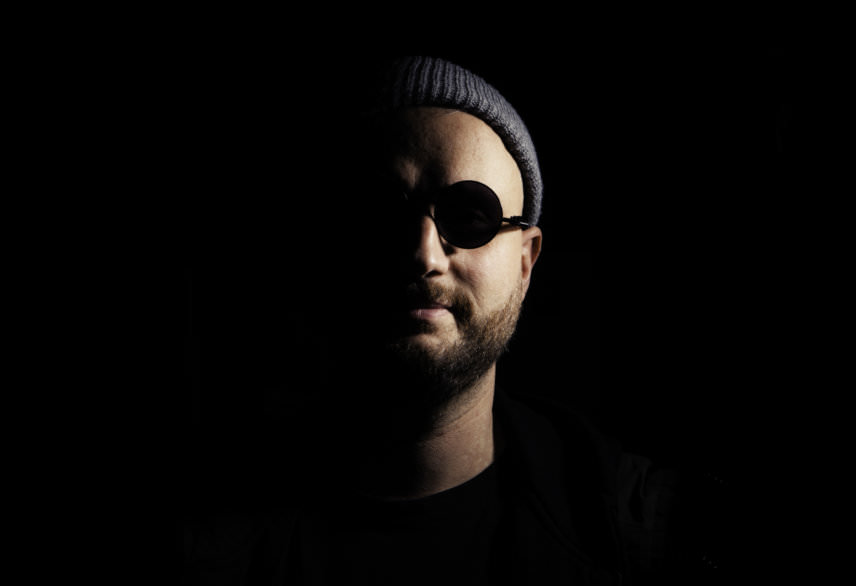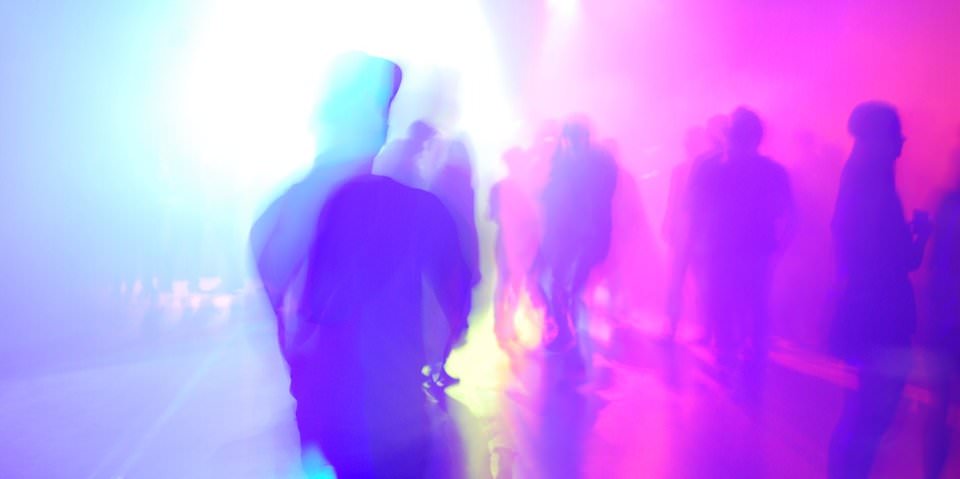Can studying your audience help the music you make relate on a deeper level? In his own words, Boxia reveals how crowd reactions indicate the emotional connection will always triumph over bangers and how society could learn from the dancefloor.
Throughout the last few decades, iconic films have often presented their image of dystopian futures by blaring 145bpm acid 303s, accompanied by intense strobe lights in dimly lit basements, flooded with sweaty people in rave gear with facial tattoos and piercings while all seemingly off their tits. For the uninitiated, it’s a message that the world has gone to hell in a hand-basket. For the rest of us, it’s your average Sunday morning in Berlin.
Even as the last pillars of humanity are falling, films frequently use underground music to craft their narrative which is either “hope and community spirit prevails in this future only through illegal raves” or “we are all fucked.” Of course this is the overly dramatised Hollywood twist, but as art mirrors life and life mirrors art, it isn’t a million miles from the truth.

Rebellion and escapism go partially hand in hand and I consider raves are one of the last places on Earth where people can put aside their problems aside and be who they want, together as one. Music has always had its offshoots into escapism which have defied the status-quo, but enough has been written on the subject by people far more qualified than me covering influential movements such as punk in the 70s and the mid 80s birth of acid-house.
The ‘current trend’ in music is of less interest to me than those it affects, and that’s because however mainstream or underground a genre is, as soon as this ‘new sound’ loses its audience, it almost retreats into non-existence. However, when a sound becomes obsolete…the world doesn’t stop partying. People don’t stop looking for a place to let go. Their problems don’t evaporate along with that particular flavour of music. As a producer, I think it’s vital to study, adapt and release music that connects with a crowd, rather than focusing on fads.
Most genres are ever-evolving. They go forwards and backwards, borrowing from their own past but also the history of others. These days, trends are also influenced by something someone somewhere played at a big festival which maybe sent social media into meltdown and subtly influenced the future direction of the genre or possibly swept up all before it like a giant ‘sound of the summer’ tidal wave. And what follows? A huge ripcurl of music made in the same style.
I often wonder if nightclubs exist so that for a few hours, we don’t have to.
For me, stagnation is fraught with danger. When ravers pay to come and see an act, they are coming to see a show. You are their guide. Experimenting with different sounds, speeds and mixing styles could be a travesty. However, I’d have more regrets for performing with an outdated style over trying to introduce a new crowd to an old classic like G.T.O. Pure (Pure Energy).
Part of the excitement in being a producer is trying to foretell progressions in music. I study what bpm people are responding to and explore whether we are producing with new techniques, new DAWs, new drum machines etc. However, predicting future sounds is understandably tough but when touring you do get a sense of what resonates on the floor and that connection, from the perspective of both a raver and a DJ, has been a personal life long study.
I feel there is a delicate balancing act when producing. The music has to be mixable for a start otherwise DJs aren’t going to play it. Secondly, it needs to be identifiable. I don’t think anyone ever sets out to be dubbed ‘the next’ anybody. You want to carve your own sound. Thirdly, and most importantly, it has to emotionally resonate with your audience. Producers who have mastered that over the years such as Laurent Garnier, have created indelible memories for many including myself and it’s a fact that dancefloor experiences stay with people for life.
There is also a global element to consider. Whilst in one club there could be a group of people dancing entirely naked and no one shows any surprise, in another, security might throw a guy out for not having a T-shirt on. The way audiences behave and react from city to city can be vastly different not to mention continent to continent. In short, not everything you make will connect with everyone, and neither should it.
This is another thing that drives my production. I try to paint what I see with sound, and hope it resonates with my intended audience. When I decided to write my first LP, it wasn’t about making a ‘Now That’s What I Call Techno’ extended EP. I wanted to make something to reflect personal feelings, portray interactions collected over many years and not simply align with current trends. Different tracks respond with different people and at different times in their lives. However, all have been inspired by contrasting stories which makes it harder to stick with just one genre.
I see a lot of myself, as well as people I know, when I look at how crowds react in various environments. Whether the track is inspired by a Saturday night encounter, or the after-afterparty at 2pm on a Monday, my recent work has felt like a particularly personal experience. I set out with the ambition to create connections and not bangers.
Every dancefloor has a “John”. He works in accounts and wakes up every day feeling as if he has settled. So he goes wild at the weekend. Or a “Sally” who just came out of a bad three year relationship and just wants to be left alone to dance till the morning. Or there is Terry, who constantly questions the existential meaning of the universe.
We all have our reasons for escapism. For some it’s nothing more than a fun thing to do on a Friday. For others, it’s better therapy than any psychiatrist can overcharge for. Let’s be honest, the world isn’t quite at the macabre finale painted in those iconic film scenes I mentioned earlier. However, the collective spirit those film directors depict is accurate and I see the beauty in the unity presented.
The story of a great dancefloor isn’t purely in the music (open secret...there’s often drugs involved too) but how music brings everyone together.
There are a myriad of reasons why we hit the dancefloor. There are those who like to let off steam, others who have serious life traumas and develop a dancing alter ego, to some its a passion whilst for a few its a disposable form of entertainment to pass a few hours similar perhaps as a visit to the cinema or amusement park.
The story of a great dancefloor isn’t purely in the music (open secret…there’s often drugs involved too) but how music strengthens disparate bonds. Whether you are John, Sally or Terry each and everyone is united regardless. The dancefloor transcends class, race and gender while creating an environment of unconditional acceptance sadly not common enough elsewhere in society.
I often wonder if nightclubs exist so that for a few hours, we don’t have to (at least not in our current form anyway). No one here gives a shit about your end of year report or whether you hit your target. You aren’t defined by the suit you wear or what floor in the building you work on. Your accent isn’t a point of derision. Skin colour does not define which social group you cling to. You can just be… for the sake of being and no one is there to judge you.
The corporate world is now slowly waking up to this and attempting to encourage us to accept one another. However, I would proudly argue that dance music has always been ahead of the corporate curve and far more progressive in accepting people different to one another. For years, the dancefloor has created a safe space for minorities, whilst also encouraging those who were perhaps culturally secluded in childhood, to flourish and embrace alternative ways of life. I hope that society can grasp this and replicate the peaceful harmony of the dancefloor.
Boxia’s debut album ‘A Night in the Life Of” is out now on Drumcode.
